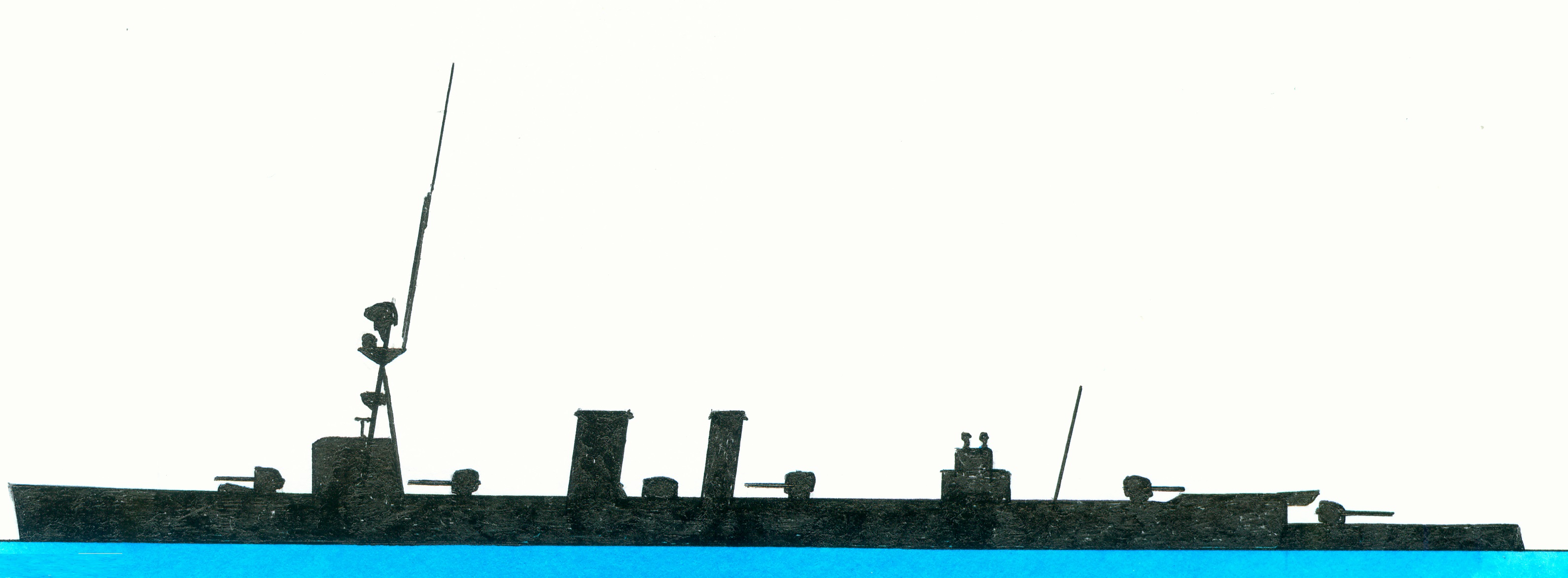Translate
Monday, 31 October 2016
British light cruiser HMS Calypso 1916-1940
Of the C-class light cruisers class Caledon-subclass consisting of the Caledon, Calypso, Cassandra and Caradoc, preceded by the Arethusa-class and succeeded by the Danae-class. Differs from the preceding sub-classes with slightly changed propulsion and superstructure. Building ordered in December 1917.
Laid down by Hawthorn Leslie&Company on 17 February 1916, launched on 24 January 1917, commissioned on 21 June 1917 and sunk after she was torpedoed by the Italian submarine Alpino Attilio Bagnolini while underway towards Libya on 12 June 1940.
Displacement 4.306 (normal)-4.990 (deep load) tons and as dimensions 129,5 (between perpendiculars)-137,2 (over all) x 12,9 x 5,72 (mean at deep load) metres or 425-450 x 42.3 x 18.9 feet. The machinery consisted of 2 Brown-Curtis geared steam turbines and 6 Yarrow boilers which supplied via 2 shafts 40.000 shp allowing a speed of 29 knots. Fuel oil bunker capacity 270 (normal)-848 (maximum) tons. Her crew numbered 344 men. The armour consisted of a belt 3,2cm/1.25”-5,7cm/2.25” (bow)-7,6cm/3” (amidships)-5,½”-6,4cm/2.5” (stern). and a 2,5cm/1” thick deck (upper, amidships) and over the rudder. The armament consisted of 5-15cm/6” breech loading Mark XII guns, 2-7,6cm/3” 20cwet anti aircraft guns, 4-3pd quick firing guns, 1 machinegun and 8-53cm/21” torpedo tubes.

